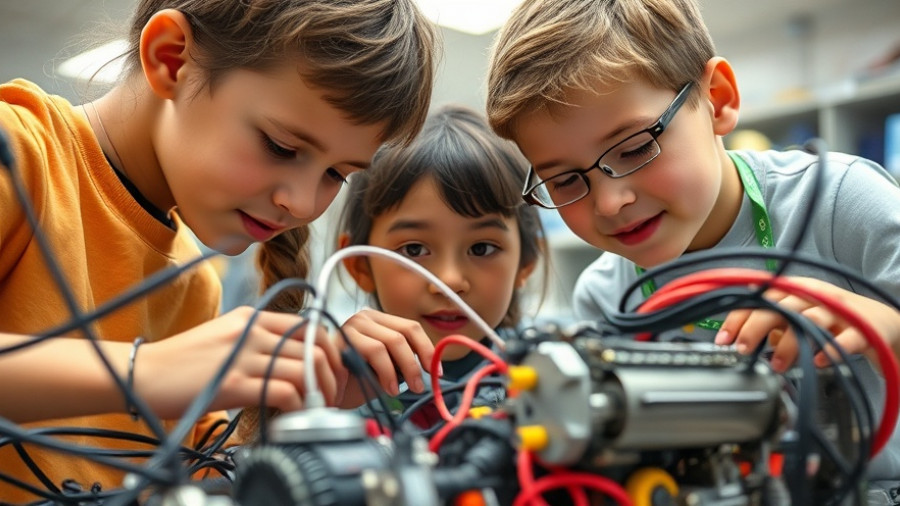
AI's Dual Impact on Employment: A Closer Look
New research from Stanford University has illuminated the intricate relationship between artificial intelligence (AI) and employment, particularly focusing on how this technology is reshaping opportunities for younger workers. While many anticipate the rise of AI as a direct threat to jobs, the findings present a more nuanced narrative.
Understanding the Statistics: Young Workers vs. Seasoned Pros
The comprehensive study conducted by economists at Stanford examined payroll data from ADP, covering a significant time frame from late 2022, coinciding with the launch of ChatGPT, to mid-2025. This data revealed a concerning trend: a notable 16% decline in job opportunities for workers aged 22 to 25 in sectors traditionally viewed as vulnerable, including customer service and software development. Conversely, more seasoned workers in similar industries have seen stability or slight growth in their roles, raising questions about the long-term implications of AI adoption on the workforce.
Rethinking Job Vulnerability: Beyond AI Automation
Interestingly, this study challenges common notions of where AI poses the greatest threats. Though industries like translation were anticipated to fall prey to automation, they are experiencing a surge in job openings. This is indicative of how AI can enable rather than only displace jobs, often enhancing roles that require human insights and creativity. As Professor Erik Brynjolfsson emphasized, the impact of AI is less about the type of work and more about the worker's experience, suggesting that the job landscape is evolving rather than outright diminishing.
What Entrepreneurs Need to Know: Crafting the Future Workforce
For tech-savvy entrepreneurs and startups, these findings herald both a warning and an opportunity. Understanding how to leverage AI tools effectively can provide a competitive edge in a rapidly evolving market. With the right strategies, businesses can design their tech stack to enhance human capabilities, rather than solely focusing on automation. This adaptation could involve intentionally creating hybrid roles where AI assists experienced workers in their tasks, fostering a collaborative environment that benefits from both human intelligence and machine efficiency.
Insights for Future Growth: Navigating a Changing Landscape
As AI continues to influence labor markets, the research highlights the need for policies that not only support innovation but also protect vulnerable job sectors. Brynjolfsson advocates for tax systems that favor human employment over automated solutions, ensuring that the workforce adapts positively to technological advancements.
The Path Forward: AI and Human Collaboration
Ultimately, the findings underscore a fundamental shift in how businesses might view their operational models. By prioritizing human-machine collaboration, companies stand to benefit from AI's efficiency while preserving jobs. This dynamic poses new questions about how industries will evolve and what the future workforce will look like as AI becomes further entrenched in everyday business functions.
In conclusion, while AI presents challenges, it also opens doors for innovative approaches to work. Startups, agencies, and tech-centric businesses must proactively adapt their strategies to take advantage of the benefits that AI can provide, ultimately shaping a more resilient and versatile workforce.
 Add Row
Add Row  Add
Add 




Write A Comment